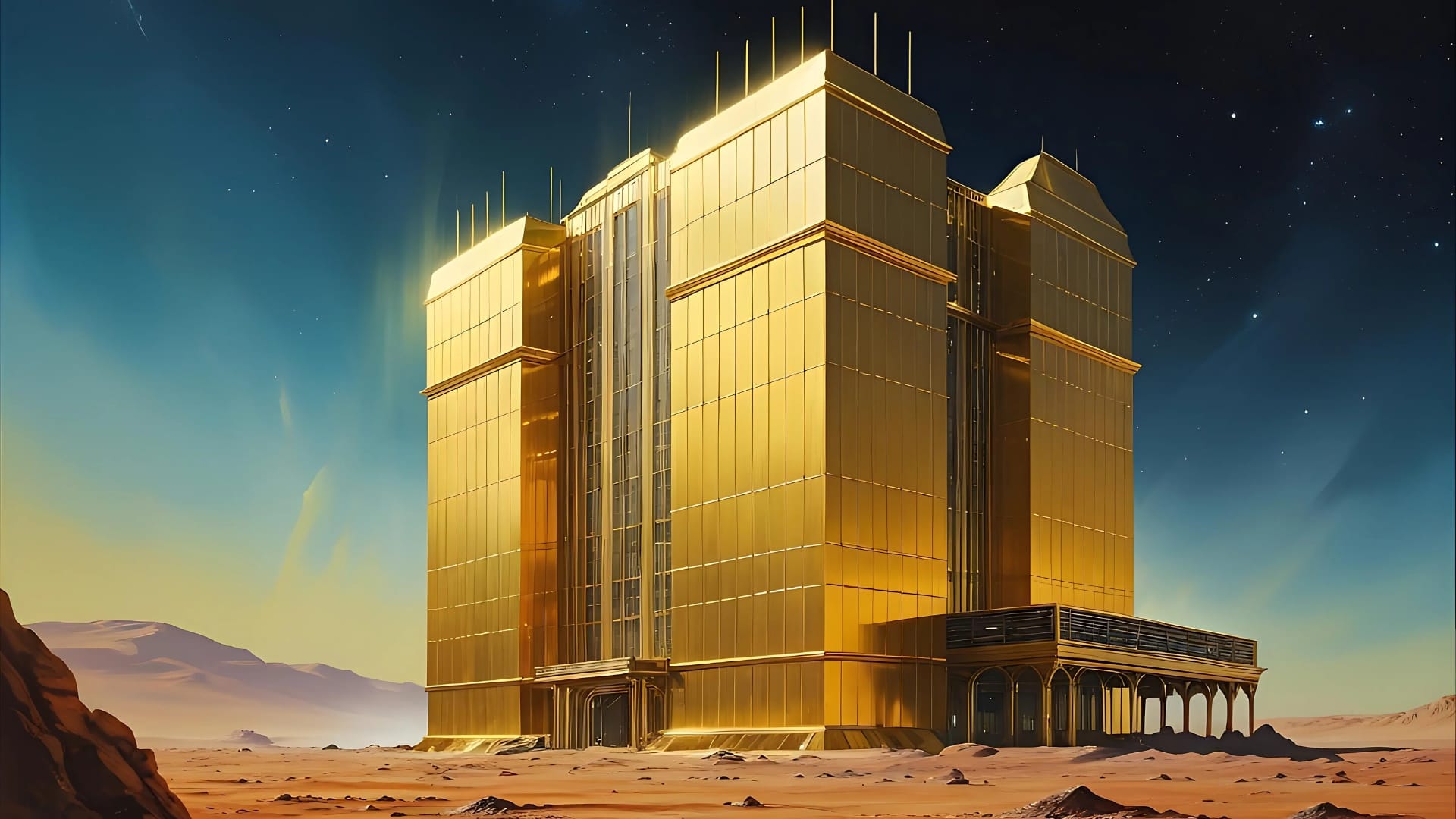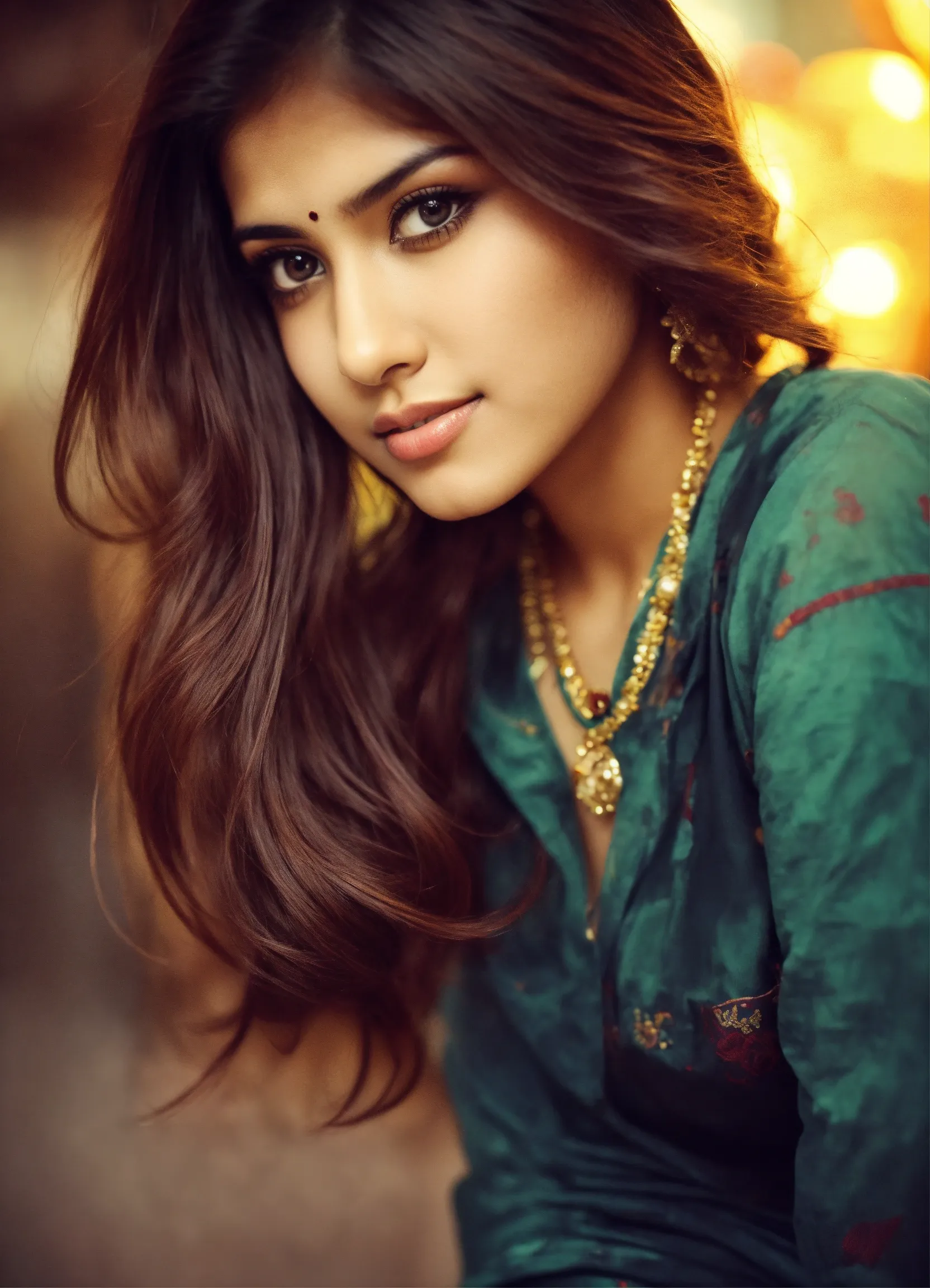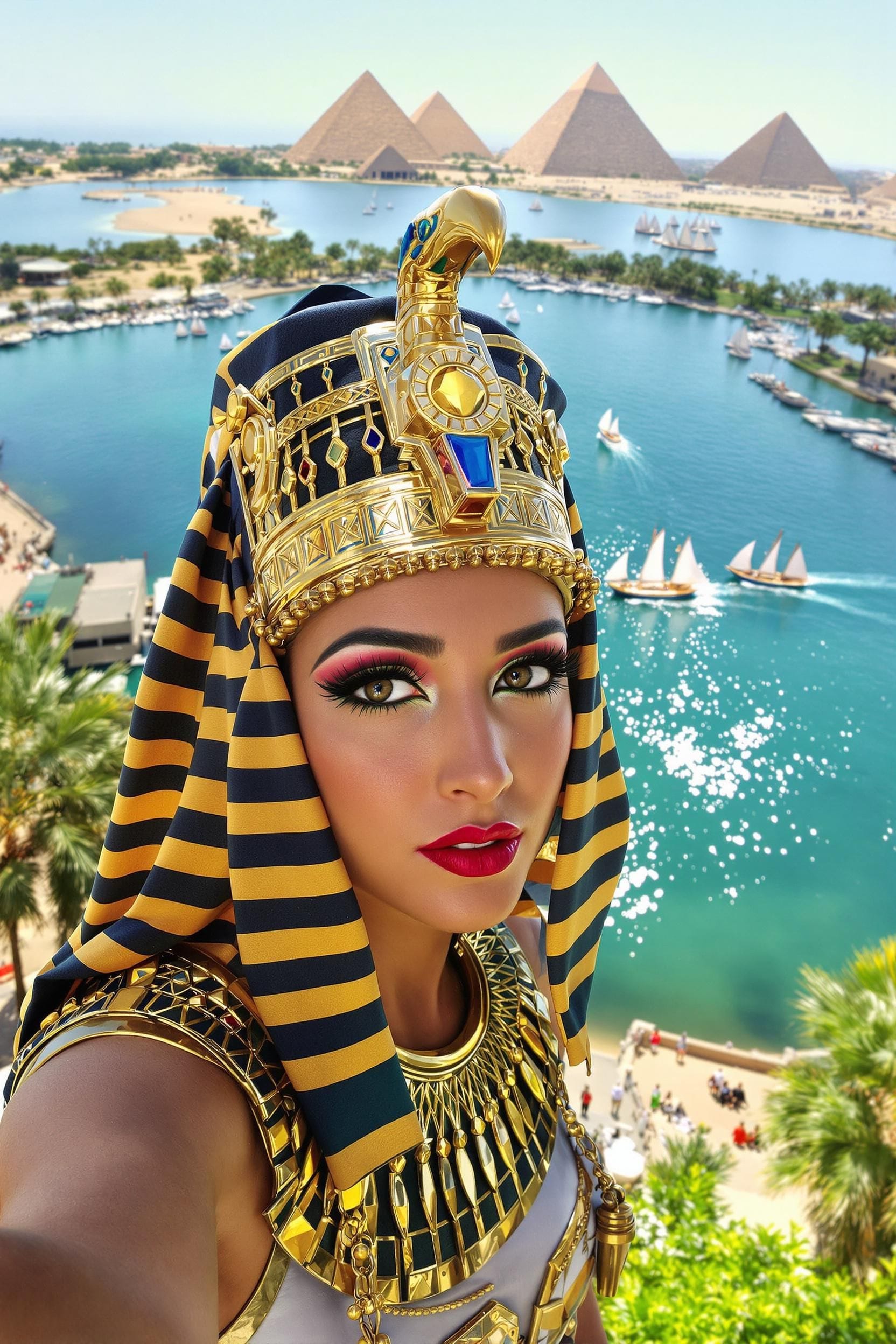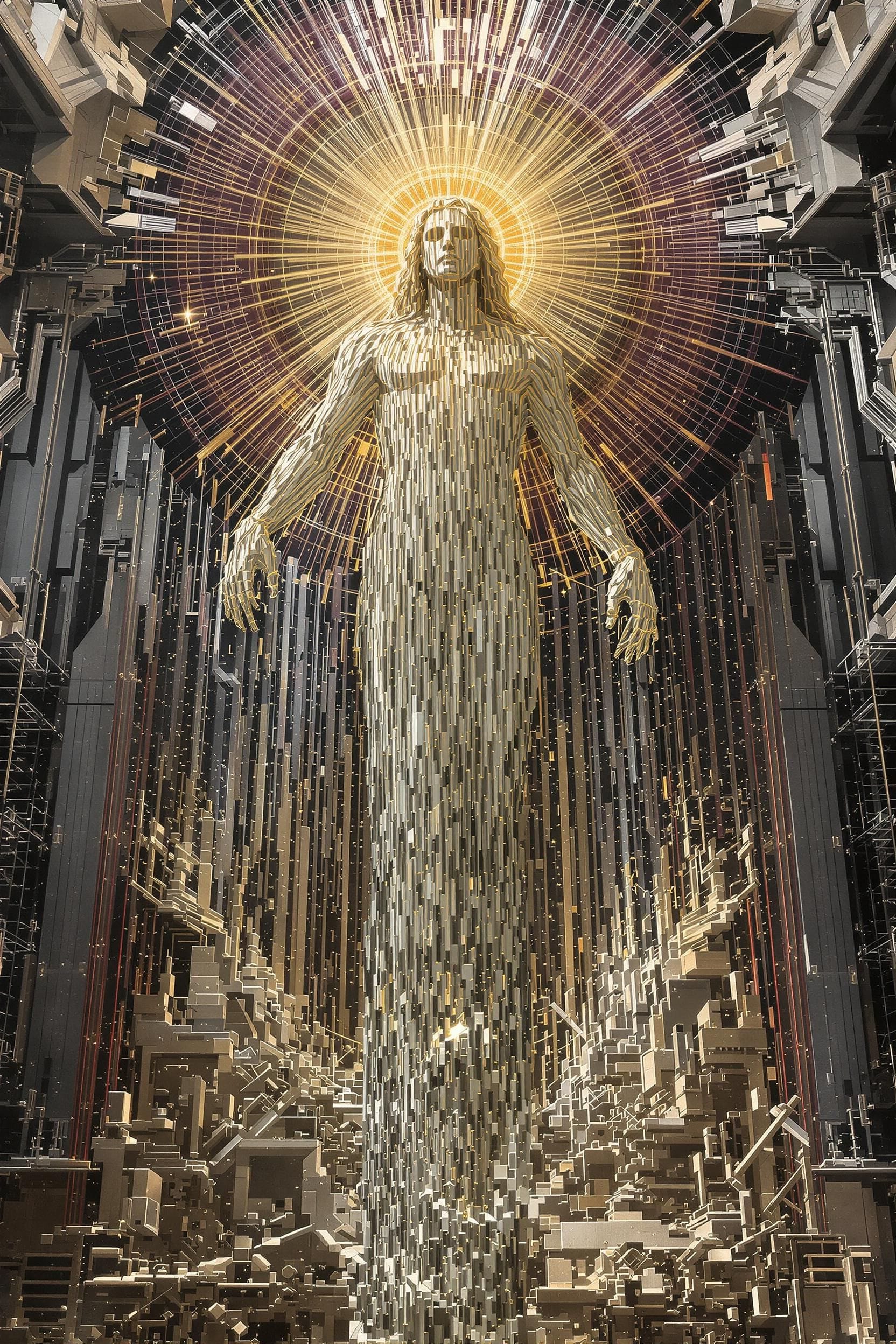AI Tools will Emerge to Generate Images From Music
With recent advancements in AI technology, it is only a matter of time before AI tools emerge to bridge this gap of generating images from music.
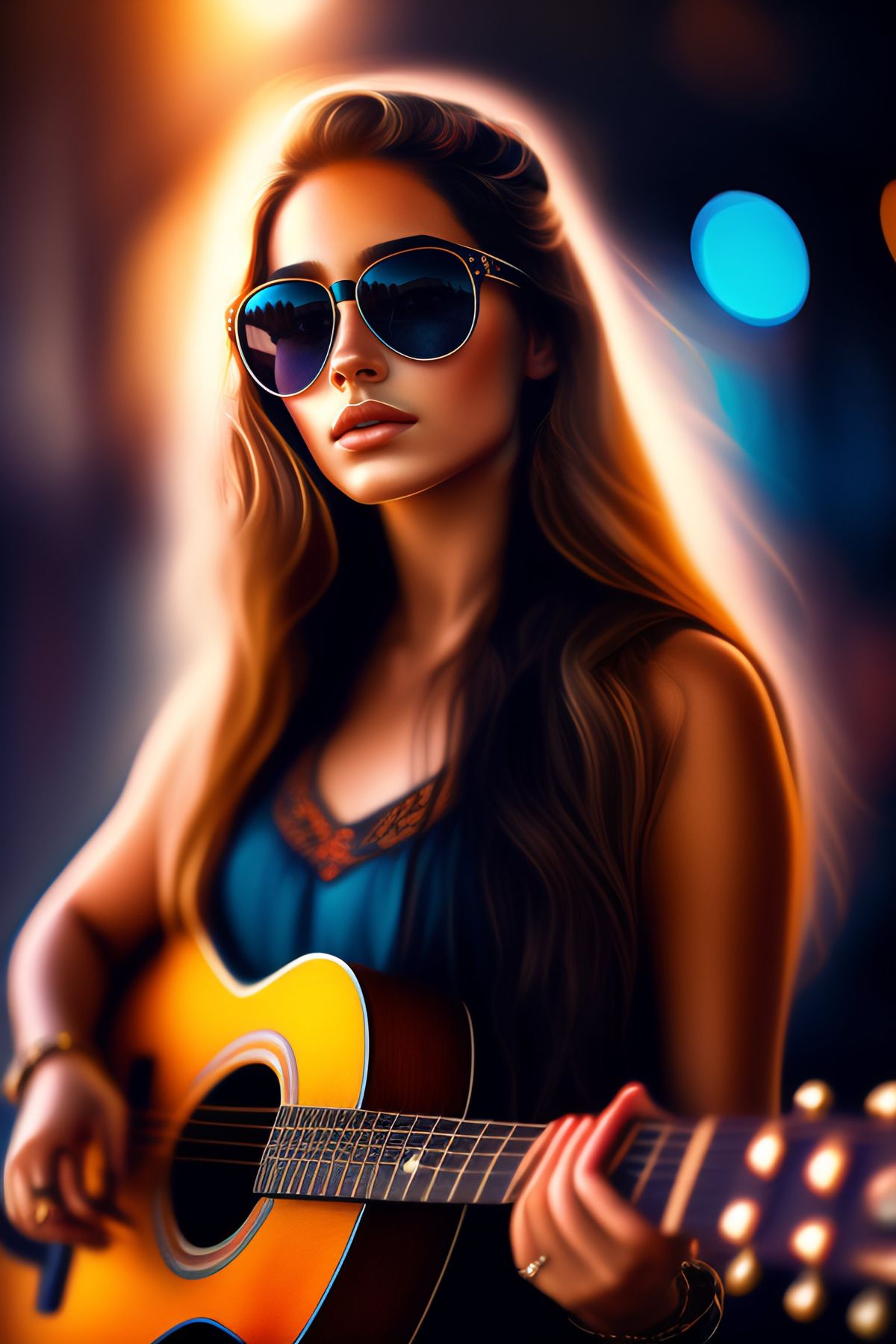
Artificial Intelligence (AI) has made significant advancements in recent years, revolutionizing various industries. From self-driving cars to virtual assistants, AI has become an integral part of our lives.
However, one area where AI has yet to make a significant impact is the creative arts. While AI has been used to compose music and create paintings, the ability to generate images from music has remained elusive. But with recent advancements in AI technology, it is only a matter of time before AI tools emerge to bridge this gap.
Music and visual art have always been closely intertwined. Artists have often drawn inspiration from music, and musicians have sought to capture the essence of their music in visual form. However, translating the abstract nature of music into visual imagery has always been a challenge.
This is where AI can play a crucial role. By analyzing the patterns, rhythms, and emotions in music, AI algorithms can generate images that capture the essence of the music.
One of the key challenges in generating images from music is the subjective nature of both art forms. Music and visual art are highly personal and open to interpretation. What one person may perceive as a joyful melody, another may interpret as melancholic. Similarly, a painting that evokes strong emotions in one person may leave another feeling indifferent.
AI algorithms need to be trained to understand and interpret these subjective elements in order to generate meaningful images.
To overcome this challenge, AI tools can be trained using a combination of machine learning and deep learning techniques. By feeding the AI algorithm with a large dataset of music and corresponding visual art, the algorithm can learn to identify patterns and correlations between the two art forms.
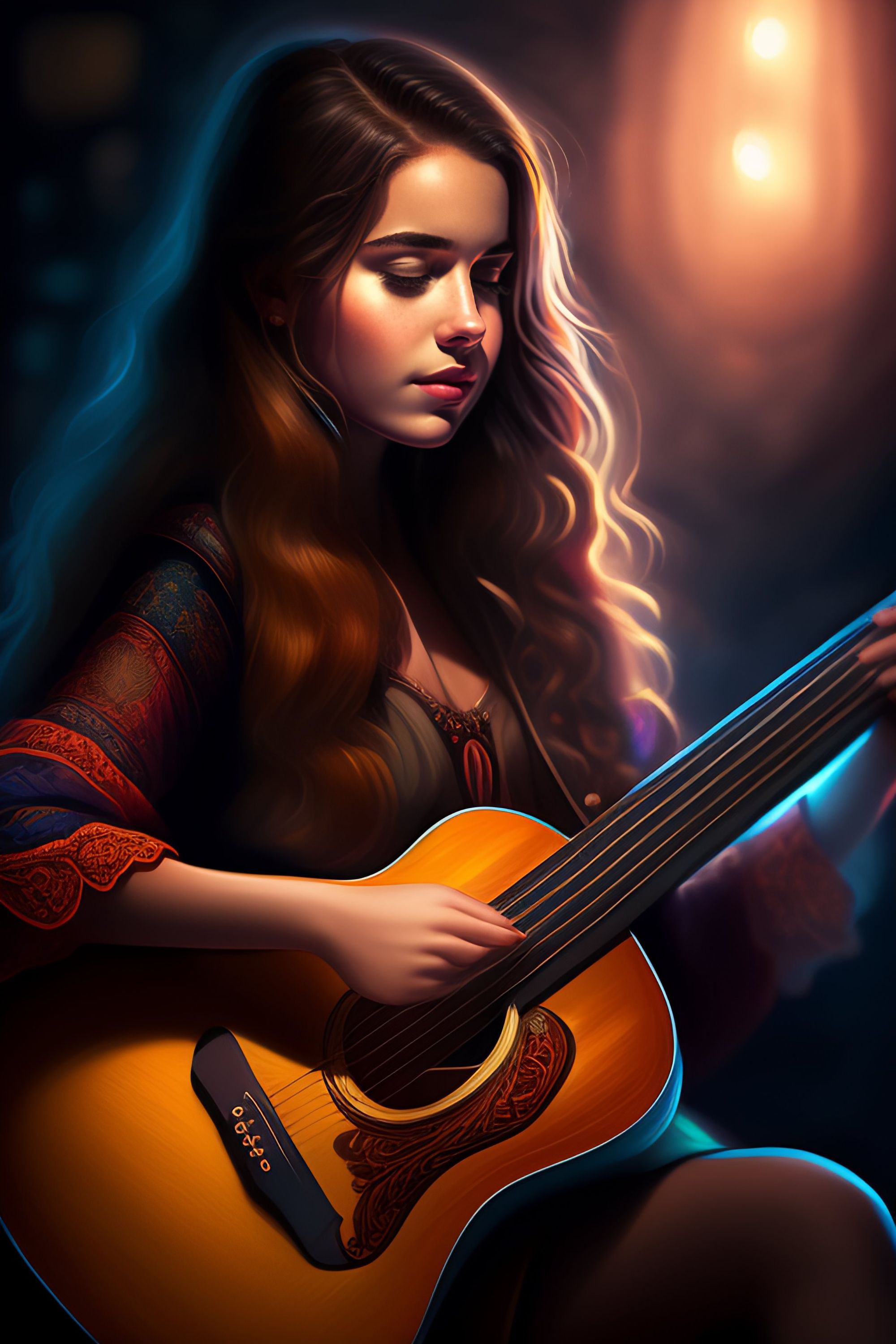
This training process allows the AI tool to develop an understanding of the subjective elements in music and generate images that capture the intended emotions and themes.
Another challenge in generating images from music is the complexity of the task. Music is a multi-dimensional art form that encompasses various elements such as melody, harmony, rhythm, and dynamics.
Translating these elements into visual imagery requires a deep understanding of both music theory and visual art principles. AI tools need to be equipped with the knowledge and expertise to analyze and interpret these elements in order to generate accurate and meaningful images.
Fortunately, AI algorithms have made significant advancements in recent years, allowing them to process and analyze complex data sets with ease. Deep learning algorithms, in particular, have shown great promise in understanding and interpreting complex patterns. By training AI tools with a vast amount of music and visual art data, these algorithms can learn to recognize and extract the underlying patterns and correlations between the two art forms.
The emergence of AI tools to generate images from music has the potential to revolutionize the creative arts industry. Musicians and visual artists can use these tools to explore new dimensions of creativity and expression. For musicians, the ability to visualize their music can provide valuable insights into the emotional impact of their compositions. It can also serve as a source of inspiration for creating new music. Similarly, visual artists can use these tools to create unique and innovative artworks that are inspired by music.
Furthermore, AI tools can also enhance the overall listening and viewing experience for audiences. Imagine attending a concert where the music is accompanied by a visual display that is generated in real time based on the music being played.
This immersive experience can create a deeper connection between the audience and the music, allowing them to experience the music on a whole new level. Similarly, art exhibitions can incorporate AI-generated images that are synchronized with the music being played, creating a multi-sensory experience for the viewers.
While the emergence of AI tools to generate images from music holds great promise, it also raises ethical and copyright concerns. As AI algorithms become more sophisticated, there is a risk that they may be used to create unauthorized reproductions of copyrighted artworks. This raises questions about the ownership and originality of AI-generated images.
It is important for policymakers and artists to address these concerns and establish guidelines and regulations to protect the rights of artists and ensure the ethical use of AI tools.
In conclusion, AI tools will undoubtedly emerge to generate images from music in the near future. With advancements in AI technology and the ability to analyze complex data sets, AI algorithms can learn to interpret the subjective elements in music and generate meaningful images.
This has the potential to revolutionize the creative arts industry, providing new avenues for musicians and visual artists to explore their creativity.
However, it is important to address the ethical and copyright concerns associated with AI-generated images to ensure the responsible use of these tools.


